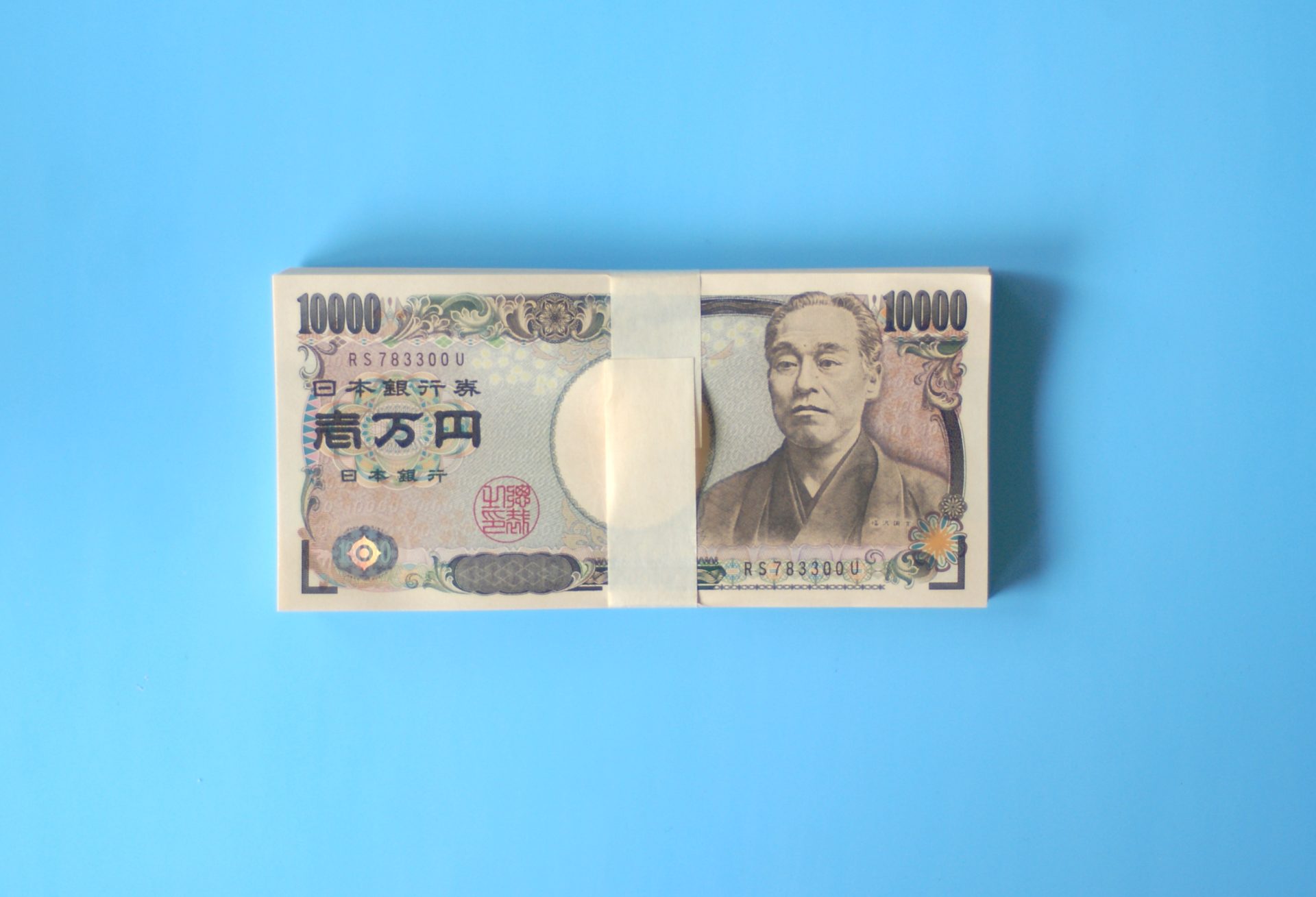【Japanese money 💴¥ 】
In Japan, “Japanese yen” is used.
The unit is yen. The symbol is represented as ¥. Currently, commonly used bills are 10,000 yen, 5,000 yen, 2,000 yen, and 1,000 yen, and coins are 500 yen, 100 yen, 50 yen, 10 yen, and 5 yen. There is “1 yen”.
Today I will explain about the Japanese 10,000 yen bill.
This is the maximum amount that paper currency in Japan is available.
The front of this bill features an image of a samurai named Yukichi Fukuzawa (1835 – 1901) who was known as an intellectual and an educator. One of the top Universities in Japan, Keio University, was founded by Yukichi Fukuzawa. He wrote one of his most famous books “Gakumon no susume” (An Encouragement of Learning) in 1872.
The backside of the bill has a picture of the ho-o phoenix (fictional beast) statue from the Byodo-in temple located in Uji, near Kyoto. The ho-o phoenix is said to bring fortune and happiness to people.
Larger banknotes like this ¥10,000 yen bill are not accepted by most vending machines or when paying for parking. They are however accepted by machines that allow you to purchasing train tickets or train passes (SUICA or PASMO) since people commonly take the train long distances and sometimes charge their train passes for use as pre-paid cards. Please be aware that when you take the taxi for short distances, the taxi driver might not be able to make change so please try to use a lower value bill when paying.
【日本のお金について💵】
日本では「日本円」が使われています。
単位は「円(えん)」。記号では「¥」と表されます。現在、一般的に使われているお札は「10,000円」「5,000円」「2,000円」「1,000円」、コインは「500円」「100円」「50円」「10円」「5円」「1円」があります。
今日は日本の1万円札についてご説明します♪
日本銀行が発行している紙幣の中で最高額。表面には福沢諭吉(1835 – 1901) の肖像があります。福沢諭吉は明治時代の日本の武士、思想家、教育者。 慶応義塾大学の創設者。 著作の 「学問のすゝめ」が有名です。裏面には平等院の鳳凰像が描かれています。 鳳凰像は京都の平等院の屋根に立っており、人々に幸せや喜びをもたらすという伝説があります。
一万円札は自動販売機や駐車場の支払い時に使用できないケースが多いので注意が必要です。電車の切符や定期を購入する自動発券機では使用可能です。タクシーで短い距離を乗ったときに一万円札を出すと、運転手がお釣りの用意がなくて困ってしまうことがあります。

